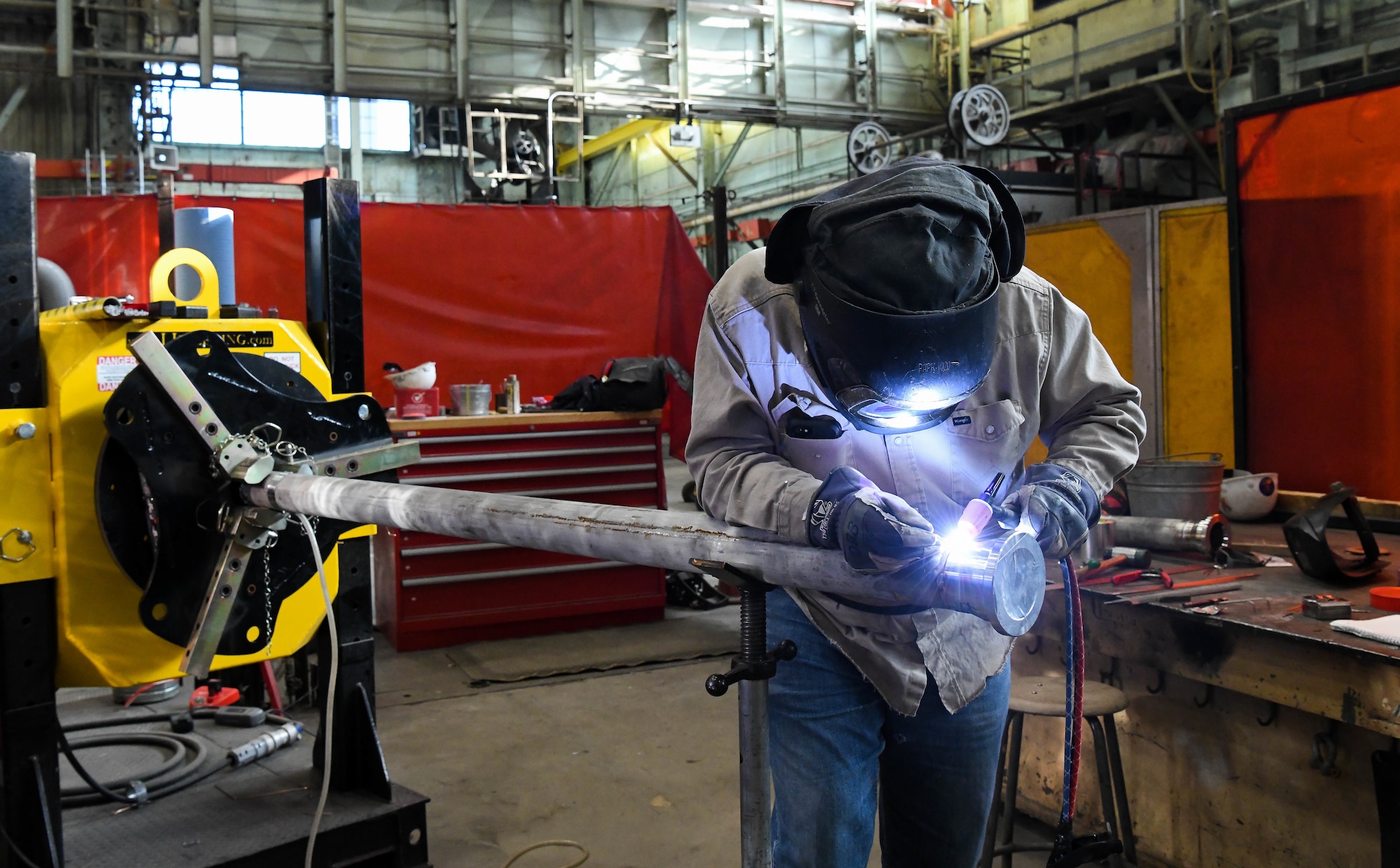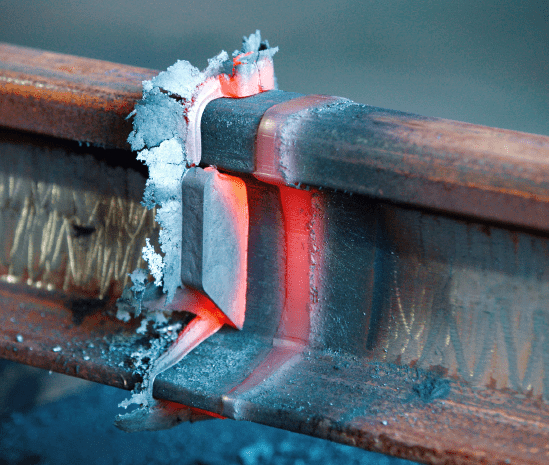Enhancing Your Welding WPS: Techniques for Improved Efficiency and Efficiency
Achieving Welding Excellence: Revealing the Keys of WPS Application and Optimization
In the realm of welding, attaining quality is a quest that hinges on the meticulous execution and optimization of Welding Treatment Specifications (WPS) By delving right into the vital components, methods, challenges, and ideal practices connected with WPS, a world of welding quality waits for those that are ready to discover its depths.
Value of WPS in Welding
The Relevance of Welding Treatment Requirements (WPS) in the welding sector can not be overemphasized, offering as the backbone for making certain consistency, quality, and safety in welding procedures. A WPS gives comprehensive guidelines on how welding is to be executed, consisting of vital variables such as materials, welding processes, joint design, filler metals, interpass and preheat temperature levels, welding currents, voltages, traveling speeds, and more. By adhering to a well-defined WPS, welders can keep harmony in their work, leading to regular weld high quality across different projects.

Key Elements of WPS
Reviewing the important elements of a welding treatment spec (WPS) is crucial for understanding its role in welding operations. A comprehensive WPS consists of several crucial elements that direct welders in accomplishing quality and consistency in their job. One critical aspect of a WPS is the welding procedure specification, which lays out the particular welding procedures to be made use of, such as gas tungsten arc welding (GTAW) or shielded steel arc welding (SMAW) Furthermore, the WPS includes details on the welding products, such as the kind and specs of the base metal and filler steel to be utilized. The WPS likewise specifies important variables like welding parameters, interpass and preheat temperature level requirements, and post-weld heat therapy procedures. Furthermore, it includes information on joint layout, fit-up, and any unique techniques or safety measures necessary for the welding operation. By including these crucial elements into the WPS, welding procedures can be standard, ensuring top quality, performance, and safety and security in welding operations.
Approaches for WPS Optimization

Second of all, training and certification of welding personnel according to the specific needs of the WPS is vital. Offering comprehensive training programs and making certain that welders are accredited to implement procedures detailed Recommended Reading in the WPS can lead to better welds and reduced rework.
Furthermore, leveraging modern technology such as welding software and tracking systems can assist in optimizing WPS. These tools can assist in monitoring variables, ensuring parameters are within defined restrictions, and offering real-time comments to welders, enabling them to make immediate modifications for boosted weld quality.
Typical Difficulties and Solutions
Facing obstacles in carrying out the methods for WPS optimization can prevent welding procedures' effectiveness and high quality. One usual difficulty is poor training or understanding of the welding procedure specifications (WPS) among the welding team.
One more difficulty is the absence of appropriate documents and record-keeping, which is crucial my explanation for WPS optimization. Without clear records of welding parameters, materials made use of, and assessment results, it becomes challenging to identify areas for enhancement and make certain uniformity in welding processes. Carrying out a robust documents system, such as electronic welding monitoring software application, can help improve record-keeping and help with data analysis for continual enhancement.
Additionally, irregular welding tools calibration and upkeep can position a substantial challenge to WPS optimization. Normal tools checks, calibration, and upkeep schedules must be adhered to strictly to ensure that welding criteria are accurately regulated and preserved within the specified tolerances (welding WPS). By resolving these common obstacles with positive solutions, welding procedures can enhance efficiency, top quality, and general welding quality
Ideal Practices for WPS Application
To guarantee effective WPS application in welding procedures, adherence to market criteria and meticulous interest to information are critical. When launching WPS implementation, it is important to start by thoroughly comprehending the details welding requirements of the project. This entails an extensive evaluation of the welding treatment specs, products to be bonded, and the ecological conditions in which the welding will certainly occur.
As soon as the demands are clear, the following action is to choose the suitable welding treatment that aligns with these specs. This involves speaking with the pertinent codes and requirements, such as those offered by the American Welding Culture (AWS) or the International Organization for Standardization (ISO), to guarantee compliance and quality.
Additionally, recording the whole WPS execution process is important for traceability and quality assurance. In-depth records should be maintained regarding welding criteria, product prep work, interpass and preheat temperatures, welding consumables used, and any variances from the original procedure. Normal audits and testimonials of the WPS can assist identify locations for improvement and guarantee ongoing optimization of the welding procedure.


Verdict
In verdict, the application and optimization of Welding Procedure Specs (WPS) is essential for achieving welding excellence. By recognizing the key components of WPS, executing reliable methods for optimization, addressing typical obstacles, and following best methods, welders can guarantee high-quality welds and safe working problems. It is crucial for professionals in the welding market to prioritize the correct execution of WPS to enhance overall welding performance and attain wanted results.
The Significance of Welding Procedure Specs (WPS) in the welding market can not be overstated, serving as the backbone for making sure uniformity, high quality, and safety and security in welding operations. A WPS offers thorough instructions on exactly how welding is to be carried out, including crucial variables such as materials, welding processes, joint layout, filler metals, interpass and preheat temperatures, welding currents, voltages, travel speeds, and extra. One crucial element of a WPS is the welding process spec, which outlines the particular welding processes to be utilized, such as gas tungsten arc welding (GTAW) or protected steel arc welding (SMAW) By integrating these essential components right into the WPS, welding treatments can be standard, ensuring quality, effectiveness, and safety Find Out More in welding procedures.
It is critical for experts in the welding sector to focus on the proper execution of WPS to improve total welding performance and attain desired outcomes.